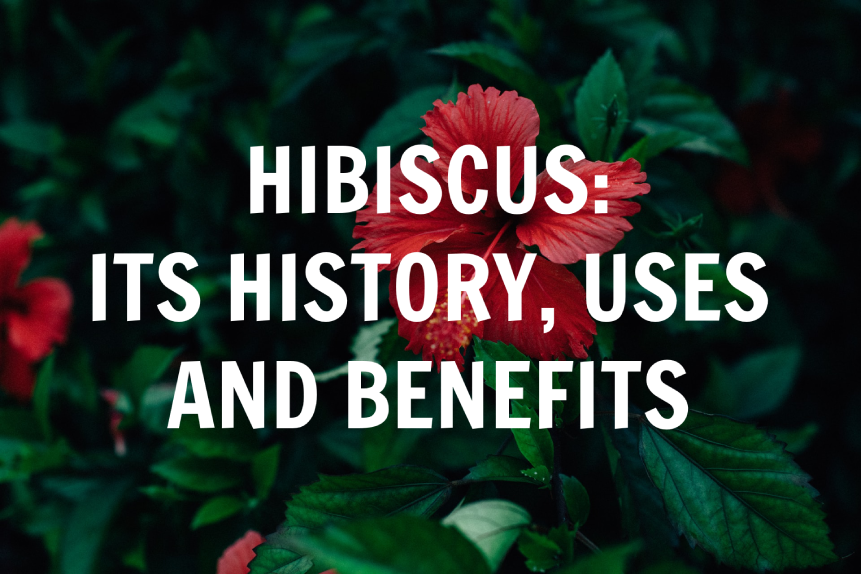Hibiscus is a flowering plant that has been cultivated for its ornamental and medicinal properties for centuries. The plant is believed to have originated in Asia and the Pacific Islands. Hibiscus has since been introduced to other parts of the world through trade and exploration. The plant was brought to the Americas by Spanish explorers in the 16th century, and it has since become a popular ingredient in traditional medicine and culinary practices throughout the Americas, as well as in Africa and the Middle East.
In Egypt, hibiscus tea was consumed as a traditional beverage, and the plant was also used in traditional medicine. In Ayurvedic medicine, a traditional system of medicine in India, hibiscus is used to promote hair growth.
In many cultures, hibiscus has been used for various purposes, including as a natural dye for fabrics, a decorative plant, and a traditional medicine. The plant’s leaves, flowers, and fruit have all been used in different ways.
Here are some ways in which hibiscus has been used traditionally:
- Herbal tea: Hibiscus tea has been consumed as a traditional beverage in many cultures around the world, including in Africa, the Middle East, and Latin America. The tea is made by steeping the dried hibiscus flowers in hot water and is often sweetened with honey or sugar.
- Medicinal use: In traditional medicine, hibiscus has been used for various purposes. Hibiscus is believed to have diuretic properties and is used to promote urination and the body’s natural relaxation response..
- Culinary use: Hibiscus has been used as a culinary ingredient in many parts of the world. The flowers are often used to add flavor and color to dishes, such as salads, desserts, and drinks.
- Beauty and skincare: Hibiscus has been used in traditional beauty and skincare practices. The flowers were used in facial masks, serums, and other skincare products.
Today, hibiscus is used in many culinary and cosmetic products due to its vibrant color and potential health benefits. Hibiscus tea is a popular beverage around the world and is enjoyed for its tart and fruity taste. In cosmetics, hibiscus extract is believed to have antioxidant properties that may be beneficial for the skin. It is often used in products such as facial cleansers, toners, serums, and moisturizers, as well as hair care products such as shampoos and conditioners. There are many cosmetic products available that contain hibiscus, including both high-end and affordable options.
Hibiscus contains a variety of compounds that contribute to its wellness benefits. Some of the key compounds found in hibiscus include:
- Anthocyanins: These are pigments that give hibiscus flowers their vibrant red color. They are also powerful antioxidants.
- Polyphenols: Hibiscus is rich in polyphenols, which are plant compounds that have antioxidant properties, as well as properties that support the body’s natural anti-inflammatory response.
- Vitamin C: Hibiscus is a good source of vitamin C, which is an essential nutrient that supports the immune system and skin.
- Flavonoids: These are plant compounds that have been shown to help support the body’s immune response. Hibiscus contains several flavonoids, including quercetin and kaempferol.
- Organic acids: Hibiscus contains various organic acids, such as citric acid and malic acid, which give the plant its tart taste. These acids have been shown to have anti-bacterial properties.
In summary, hibiscus has a rich history and has been used for various purposes for centuries. Hibiscus is a versatile plant that is used in many culinary and cosmetic products and may have potential benefits for overall wellness.
